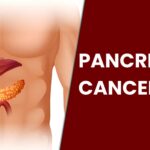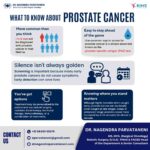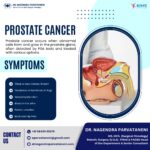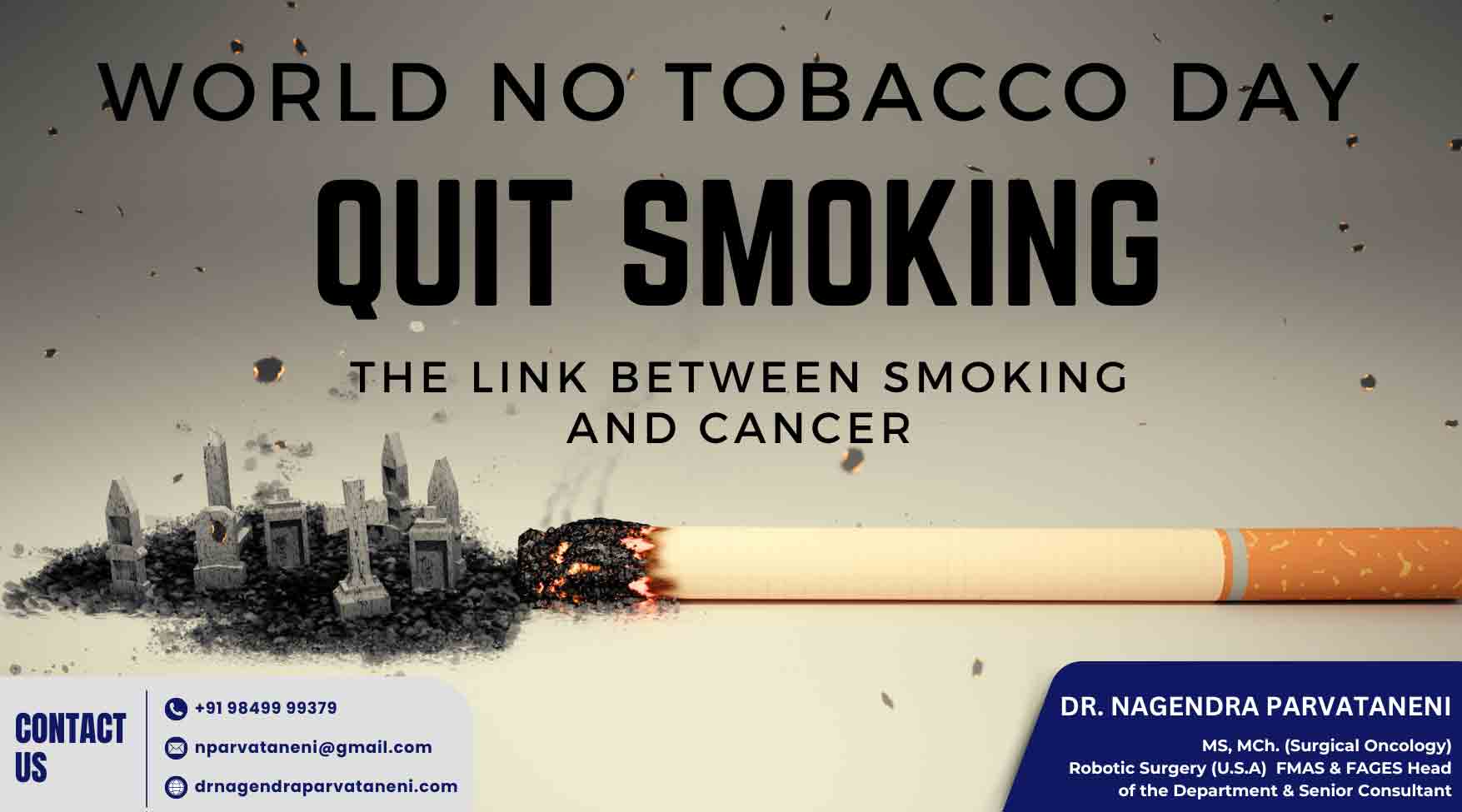The annual World No-Tobacco Day celebration aims to accelerate the transition to a smoke-free future. The theme for World No Tobacco Day 2024, “Commit to Quit for a Healthier Future,” emphasizes the critical importance of quitting tobacco for personal health and public well-being. The global use of tobacco continues to be staggering. Worldwide, there are approximately 1200 million smokers and hundreds of millions who use smokeless tobacco.
The Global Burden of Tobacco
Tobacco use remains one of the leading causes of preventable illness and death worldwide. According to the World Health Organization (WHO), tobacco kills more than 8 million people each year. Of these deaths, over 7 million are the result of direct tobacco use, while around 1.2 million are due to non-smokers being exposed to secondhand smoke. Tobacco is a major risk factor for a wide range of diseases, including cancer, heart disease, stroke, and respiratory illnesses. Smoking is the top preventable cause of cancer and cancer deaths worldwide, and it can cause cancer almost anywhere in the body. Lungs, oral cavity, oesophagus, larynx, stomach, kidney, pancreas, liver, cervix, colon, rectum, blood, and bone marrow. Lung cancer is the dominant malignancy caused by smoking. Non-smokers exposed to second-hand smoke are also at risk of developing smoking-related cancers. Lung cancer was uncommon at the beginning of the twentieth century. However, as smoking became more popular, so did its prevalence and death rate. The most common kind of tobacco product in the world is cigarettes. Every year, roughly 5.5 trillion cigarettes are consumed. Every day, more than 15 billion cigarettes are smoked worldwide. Tobacco is grown in more than 125 countries. China is the world’s largest producer of cigarettes, with the US coming in second. China accounts for one-third of the world’s tobacco-growing land. Two-thirds of the tobacco produced worldwide is produced in five countries: Brazil, China, India, Turkey, and the United States. There seems to be a rise in cigarette smoking in developing nations and a decline in developed nations.
Cigarette smoke contains more than 70 known carcinogens, including benzene, formaldehyde, and polycyclic aromatic hydrocarbons. These substances damage DNA in cells, causing mutations and uncontrolled cell growth. Tobacco smoke contains carcinogens that can cause direct DNA damage in cells. This damage impairs normal cellular functions, resulting in mutations that can cause cancer. Smoking also leads to chronic inflammation in the body. This inflammation can cause cellular damage and create an environment that promotes cancer growth. In addition, smoking increases the production of free radicals, which are unstable molecules that can harm cells and DNA. This oxidative stress promotes cancer development. Overall, the combination of direct DNA damage, chronic inflammation, oxidative stress, immune suppression, and other factors creates a high-risk environment for the development of cancer in smokers.
Health Benefits of Quitting
Quitting tobacco has immediate and long-term health benefits. Within minutes of quitting, heart rate and blood pressure drop. Within weeks, circulation improves, and lung function increases. Over time, the risk of heart disease, stroke, and cancer significantly decreases. The benefits of quitting extend to all forms of tobacco, including cigarettes, cigars, pipe tobacco, and smokeless tobacco products. The biggest factor affecting lung cancer risk in smokers is how long they have been smoking. The risk also goes up with the number of cigarettes they smoke per day. Quitting smoking at any age stops the risk of lung cancer from increasing further. For instance, within 10 years of quitting smoking, the risk of lung cancer falls to about half that of a smoker. However, former smokers still have a higher risk of lung cancer for years after quitting compared to people who never smoked. To quit smoking, first set a quit date and prepare mentally. Seek help from friends, family, or a support network. To manage withdrawal symptoms, use nicotine replacement therapies (patches, gum, or prescription medications). Avoid triggers and replace smoking with new habits like exercise or hobbies. Stay hydrated, eat well, and get plenty of sleep. Track your progress and reward yourself for achieving milestones. Consider counselling or behavioural therapy for additional assistance. Maintain your determination and remember that relapses are a normal part of the recovery process. Each day without smoking brings you closer to a healthier, smoke-free lifestyle.





